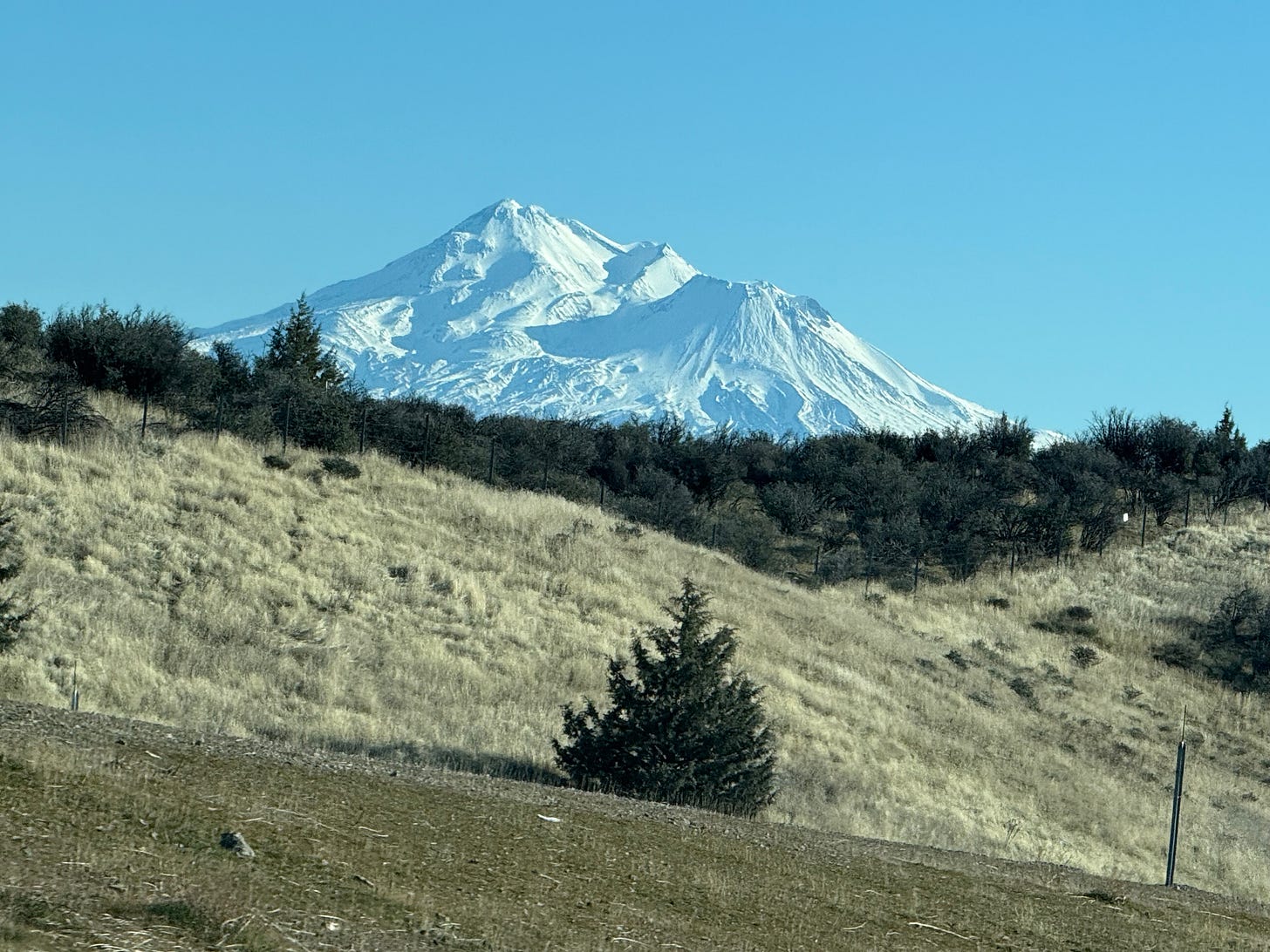Upgrade to paid to play voiceover
Resting elders can easily be likened to sleeping children: a lot can be forgiven.
Such was the opportunity last week when Paul and I made a quick turn-around drive from Portland to Sacramento to participate in his mother’s end-of-life care. Forgiveness arises out of compassion; compassion is cultured, apprenticed.
The broken continuity of the parent-child relationship. Developmental miscues in which one’s selfish intent rolls over the child. Future relationships are compromised. Amends go unfulfilled.
Yet, forgiveness often does wash over us, perhaps, if only for the restoration of the self. And so it was.




